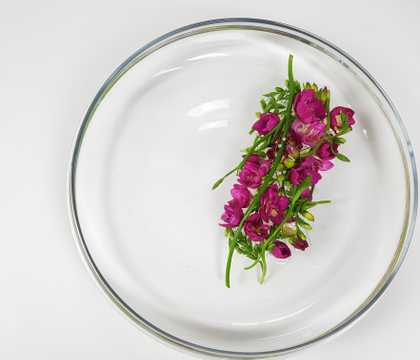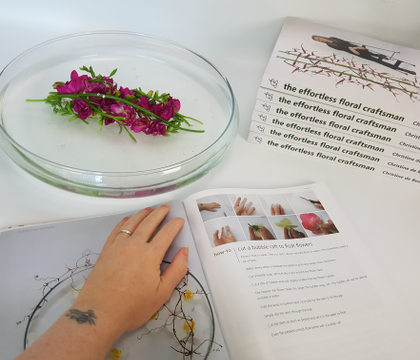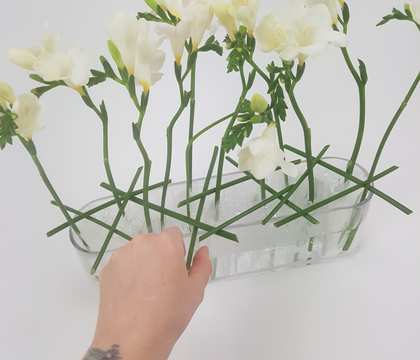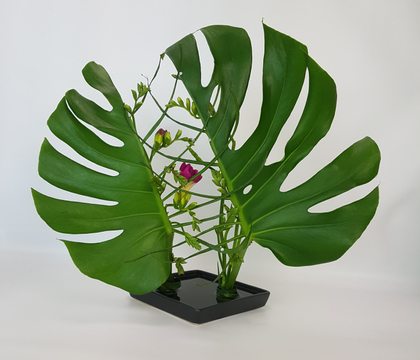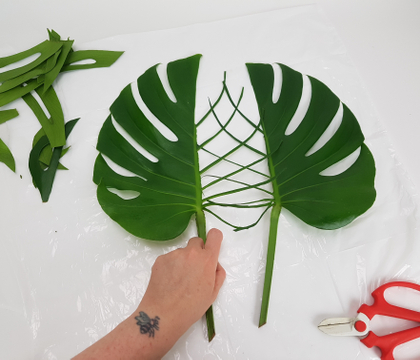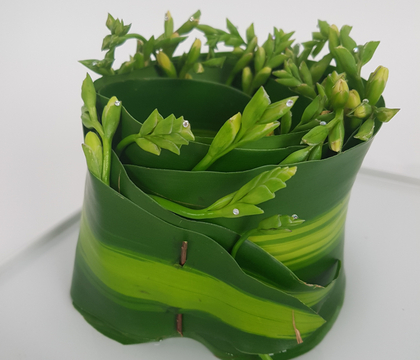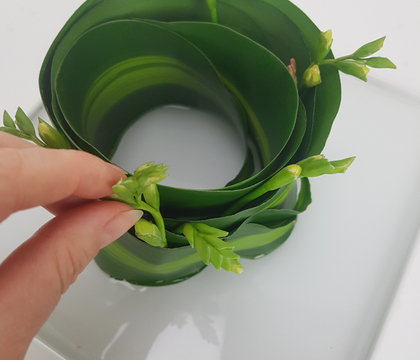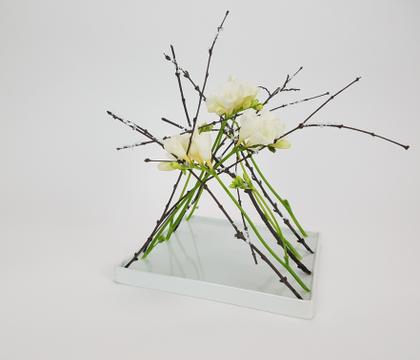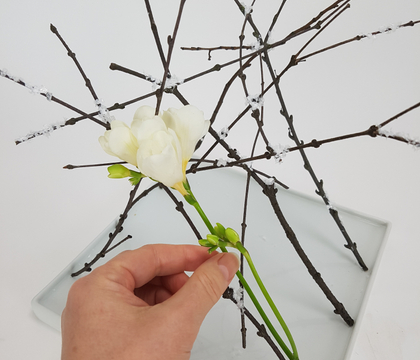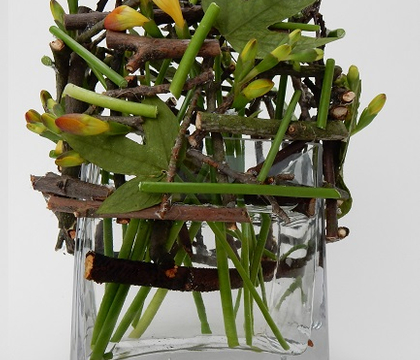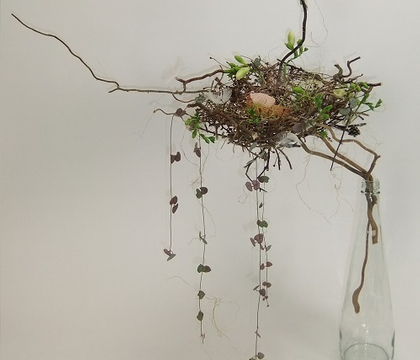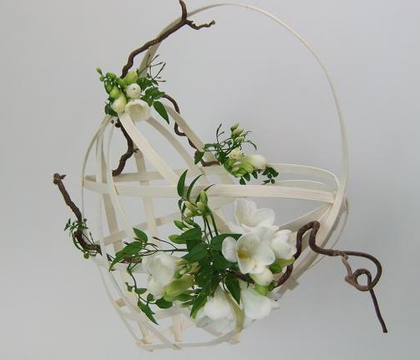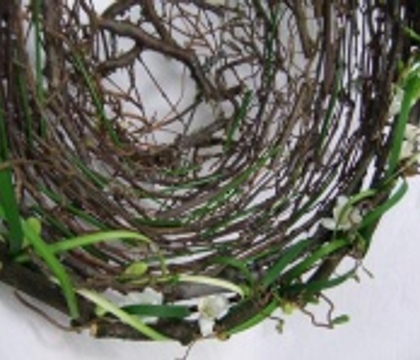Christine de Beer - effortless floral craftsman
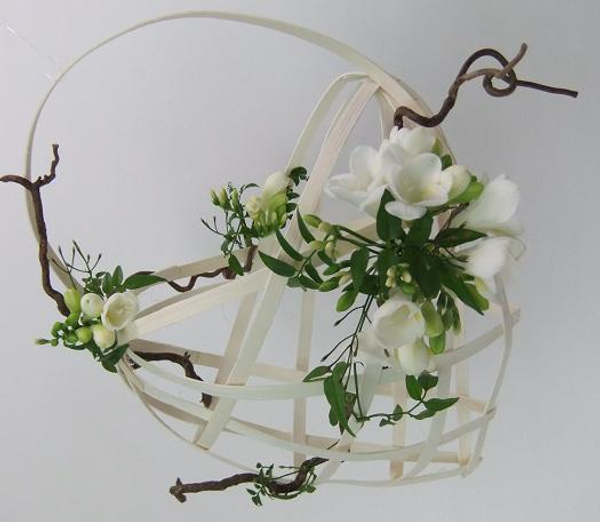
Freesia
Very fragrant funnel or trumpet shaped florets on spiked long slender stems
White freesia buds and florets on my "Been there, Seen that" design
Common name
Origin
Varieties
Freesias are widely cultivated and new varieties are introduced yearly
Colors
Vase life
Scent
Uses
Vintage to contemporary designs depending on the style of the design. Beautiful in bud vases, great in corsages and wedding designs. Strong, graphic buds
Conditioning
Choose stems with at least seven buds per stem. The first few florets must be open with some showing colour. Remove any foliage that will fall under the water line, give the stem a fresh cut and condition in cold water. Pinch out any spent flowers to encourage more flowers to open. Freesias are sensitive to fluoride added to water and can cause the the flowers not to open or the leaves to burn to a pale yellow.
Sign up for my weekly newsletter
Every week I add a new design with related tutorials. Be sure to subscribe to receive an email notification with design inspiration.
